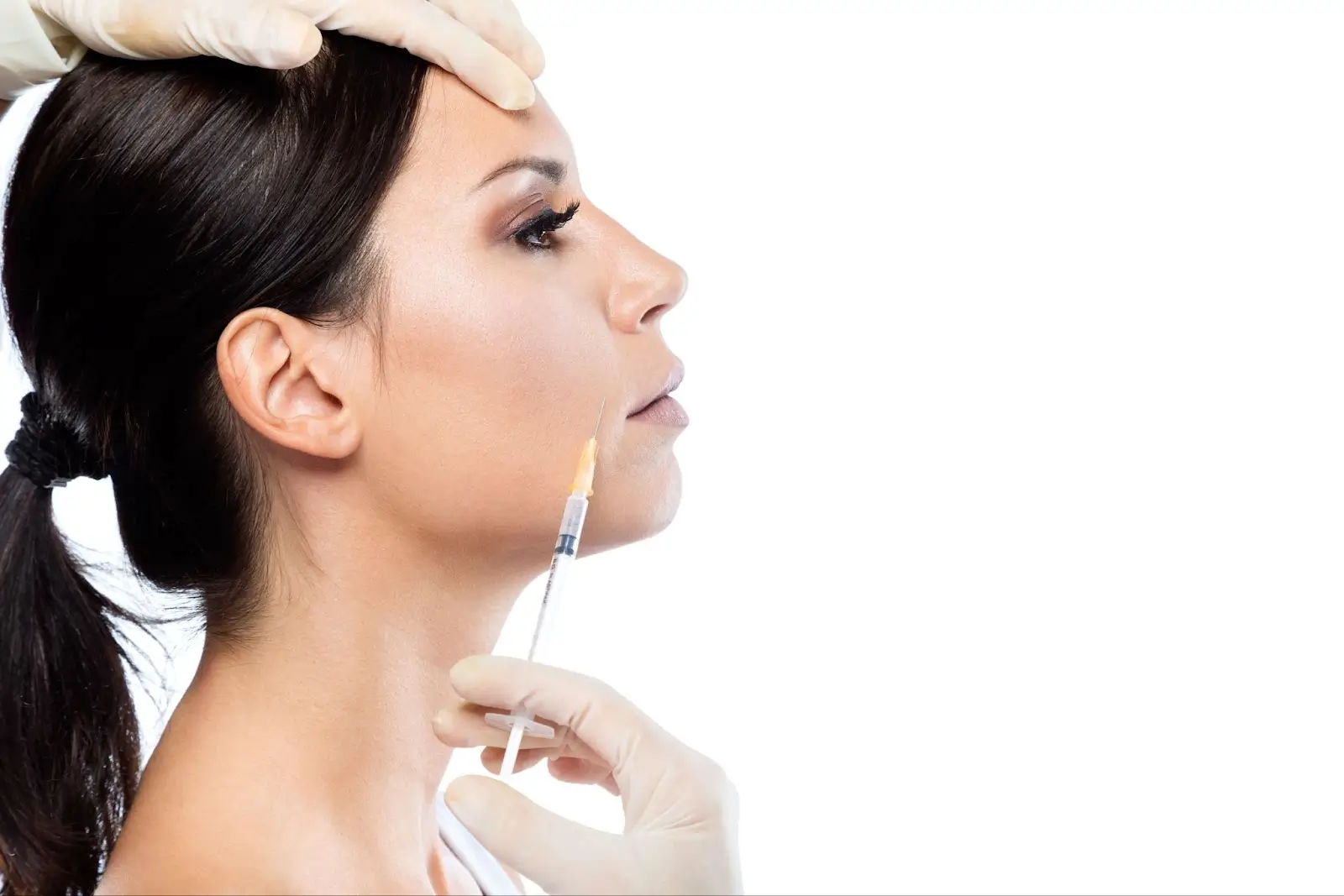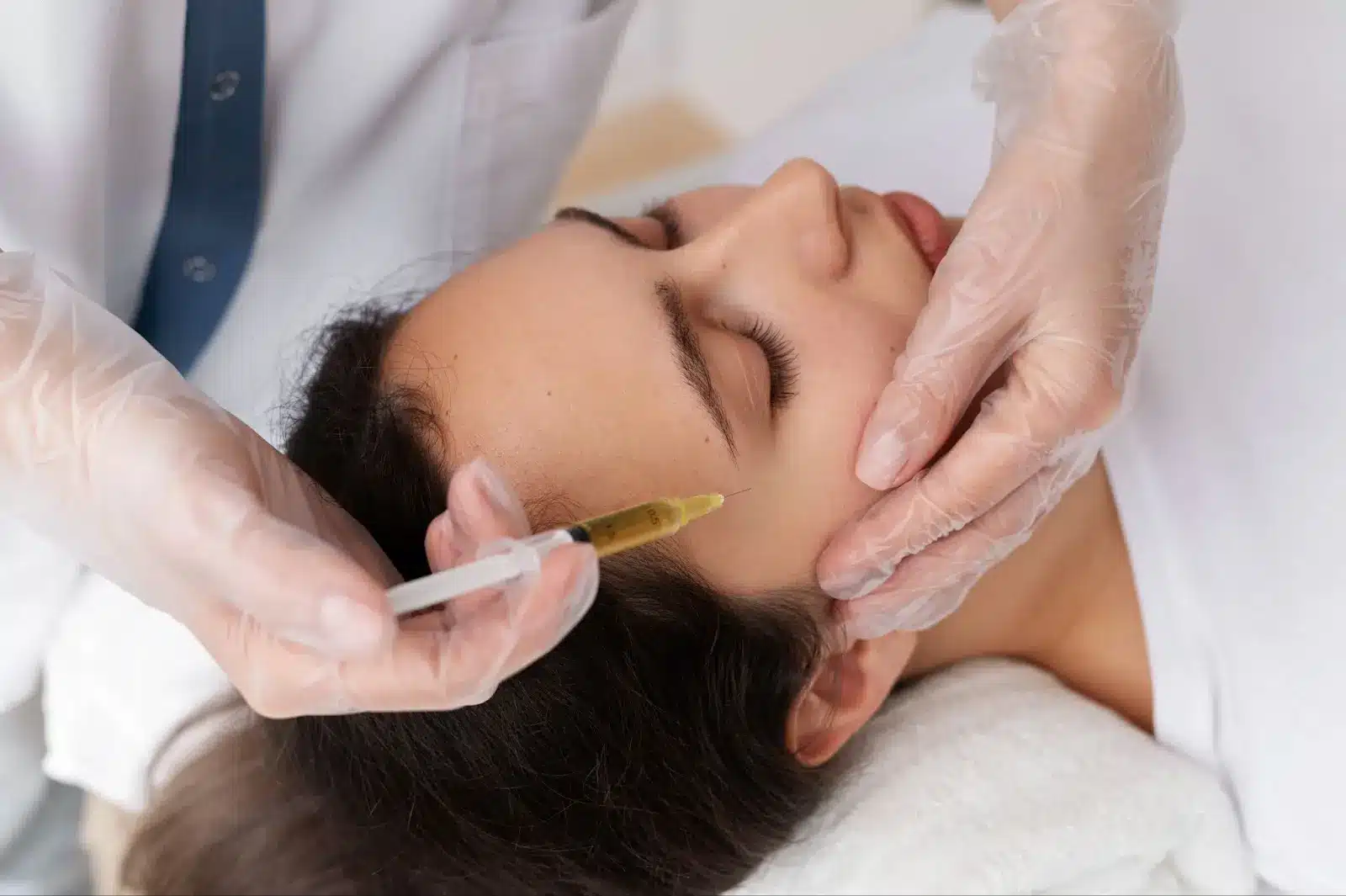
Botulinum toxin treatments have solidified their place as one of the most popular cosmetic procedures worldwide, with millions seeking them each year to reduce the appearance of wrinkles and fine lines. Beyond aesthetic benefits, botulinum toxin is increasingly gaining attention in aesthetic medicine research. According to an analysis published in the Aesthetic Surgery Journal Open Forum, the United States contributed to nearly half of the studies in the field so far.
One such innovative product, Innotox, is a refined formulation of botulinum toxin type A specifically designed to smooth out facial wrinkles and revitalize facial expressions. With its high purity, Innotox may offer distinct advantages over more traditional botulinum toxin products, providing smoother results and enhanced precision.
In this article, we will break down the Innotox dosage chart, offering clear guidelines on proper administration techniques to ensure safe and effective results. Whether you’re a seasoned practitioner or a newcomer to the world of injectables, understanding the correct dosing and technique for Innotox will ensure optimal outcomes.
Key Takeaways
- Innotox is a pre-mixed liquid formulation of botulinum toxin type A, eliminating the need for reconstitution and reducing the risk of dilution errors, ensuring consistent and reliable results.
- The dosage of Innotox varies depending on the treatment area. For example, 10–25 units are used for glabellar lines, while 50 units per axilla are recommended for axillary hyperhidrosis.
- Innotox enables highly controlled applications, making it suitable for both aesthetic and therapeutic purposes. Its liquid formulation provides precision and minimizes waste, offering customizable treatments tailored to patient needs.
- Injection techniques play a crucial role in the success of Innotox treatments. Using the correct needle size, depth, and adhering to aseptic techniques is essential for achieving optimal results and ensuring patient safety.
- Safety is paramount, with Innotox showing a similar side effect profile to other botulinum toxin products. Common side effects include swelling, bruising, and discomfort, but more serious reactions are rare when administered by trained professionals.
- Contraindications include patients with known hypersensitivity to botulinum toxin, neuromuscular disorders, or active skin infections at the injection site.
About: Doctor Medica is your trusted supplier of top-quality dermal fillers, viscosupplements, and more for your medical practice. We offer genuine products from leading brands at the lowest prices in the market. If you’re looking to order Innotox online for your practice, contact Doctor Medica today.
Understanding Innotox Concentration and Units

Understanding the concentration and unit measurements of Innotox is crucial for delivering accurate and effective treatments. Each vial of Innotox is pre-filled with either 50 or 100 units at a standardized concentration, eliminating the need for reconstitution. This ready-to-use format ensures consistent results across treatments, minimizes the risk of dilution, and reduces potential mixing errors commonly associated with lyophilized botulinum toxins.
Because Innotox differs slightly in formulation from other botulinum products, such as Botox, practitioners must be familiar with its unique dosing metrics. Unit equivalency doesn’t always translate directly between different brands, so careful adjustments are necessary to achieve the desired results. Tailoring doses based on factors like treatment area, muscle strength, patient age, and aesthetic outcome allows for more customized and predictable results.
Recommended Dosages by Treatment Area

When using Innotox, precision is crucial in both the injection technique and determining the correct dosage for each treatment area. The liquid formulation allows for highly controlled applications across both aesthetic and therapeutic zones. Knowing the correct number of units to administer and where to inject is essential to achieving the best possible results while maintaining patient safety.
| Area | Units | Description |
| Glabellar Lines | 10–25 units | – Typically divided into 3–5 injection points, targeting the procerus and corrugator muscles. – Adjust based on the depth of lines and muscle thickness. |
| Forehead Lines | 10–20 units (4–5 points) | – Spread evenly across the frontalis. – Careful dosing is essential to prevent brow ptosis while achieving a smooth appearance. |
| Crow’s Feet | 10–15 units per side | – Inject into the orbicularis oculi in 2–3 points per side. – Adjust for asymmetry or heavier muscle movement around the eyes. |
| Bunny Lines | 5–10 units total | – Administer along the upper sides of the nasal bridge to soften wrinkles that appear during nose scrunching. |
| Chin Dimpling | 4–10 units | – Target the mentalis muscle to smooth out an orange peel texture or reduce dimpling. – Avoid overdosing to preserve natural mouth movement. |
| Masseter | 25–50 units per side | – Deep intramuscular injections in 2–3 points. – Adjust for bruxism severity or the desired slimming effect on the lower face. |
| Platysmal Bands | 20–30 units per band | – Inject vertically along each prominent band in 2–4 sites. – Proper technique helps reduce neck tension and smooths out neck contours. |
| Axillary Hyperhidrosis | 50 units per axilla | – Used to treat excessive sweating. – Inject in a grid pattern to cover the underarm area uniformly. – Effects can last up to six months. |
These dosage guidelines are based on practitioner consensus, clinical data, and Innotox reviews from both medical professionals and patients who have observed real-world outcomes. Remember, individual anatomy, muscle strength, and desired results should always guide final dosage decisions.
Injection Techniques and Best Practices
Achieving optimal results with Innotox requires more than just correct dosage; it also depends on using the proper injection technique. Administering botulinum toxin requires precision, a thorough understanding of facial anatomy, and adherence to hygiene standards. These best practices ensure patient safety while enhancing the effectiveness and longevity of results.
Needle & Depth
Always use a fine-gauge needle, preferably 30–32G, to minimize discomfort and trauma to the skin. For deeper muscles like the glabellar complex, an intramuscular injection will be the most effective approach.
In contrast, superficial placement works better for areas like the forehead and crow’s feet, where subtle correction is needed. Matching needle depth to muscle location improves efficacy and reduces complications.
Aseptic Technique
Prepare the skin with alcohol or an antiseptic and ensure that every vial is used only once per patient session. Cross-contamination risks increase when tools are reused or multiple vials are mishandled. Using sterile gloves and syringes is non-negotiable.
Adhering to strict aseptic technique prevents infection and supports better post-treatment healing.
Response Monitoring
Begin with conservative dosing, especially for first-time patients or areas with high variability, such as the forehead. Track patient feedback during follow-ups and be open to adjusting units in subsequent sessions to ensure optimal care.
Gradual titration reduces the risk of overcorrection and helps build patient trust and satisfaction over time.
Document Outcomes
Keep detailed records of the treatment: the number of units used, injection locations, dilution (if any), and pre- and post-treatment photos. These clinical records serve as a reference point for future treatments and facilitate an objective analysis of results. They also serve as a safety net in case of adverse reactions or dissatisfaction.
Safety Considerations and Contraindications
While Innotox is known for its safety and consistent dosing, it remains a powerful neuromodulator and must be used responsibly. Understanding its contraindications and being aware of common side effects is crucial for ensuring patient safety. Practitioners should perform thorough evaluations and take the necessary precautions to avoid complications or systemic reactions.
- Avoid Overdosing: Sticking to recommended dosage ranges helps minimize the risk of complications such as muscle weakness, drooping eyelids, or facial asymmetry. Excess units in sensitive areas may diffuse beyond target muscles, resulting in unintended paralysis.
- Contraindications: Do not administer Innotox to individuals with known hypersensitivity to botulinum toxin type A or its components. It is also contraindicated in patients with neuromuscular disorders like myasthenia gravis, Eaton-Lambert syndrome, or ALS. Active skin infections or inflammation at the injection site must be resolved before proceeding to avoid exacerbation.
- Pre-Treatment Screening: Conduct a comprehensive medical history review, including current medications, autoimmune conditions, pregnancy status, and history of allergic reactions.
- Monitor for Adverse Effects: Common side effects include mild swelling, bruising, or localized discomfort at injection sites. These typically resolve within a few days. Although rare, more serious reactions require immediate medical evaluation. Having a follow-up protocol in place ensures that practitioners can take prompt action.
Safe administration of Innotox hinges on thorough patient assessment, adherence to dosage limits, and informed aftercare. Practitioners must respect contraindications without exception, and patients should clearly communicate all potential risks. By maintaining these standards, practitioners can ensure that safety remains at the heart of every Innotox treatment session.
Conclusion
The Innotox dosage protocols ensure effective wrinkle reduction while minimizing risks. Thanks to its standardized liquid formula, dosing accuracy is improved, making it a viable alternative to traditional powdered formulations, such as Botox.
Optimal results require knowledge of unit dosing, injection technique, and tailored treatment planning.
FAQs
1. How do I choose the right Innotox vial?
Start with a 50-unit vial for facial aesthetics. Use 100-unit vials for larger areas or combined treatments.
2. Is Innotox dosage interchangeable with Botox?
No, Innotox uses its unit system and liquid form, so dosage must follow specific guidelines and cannot be directly equated to Botox.
3. What if the results wear off after 3 months?
Patients often report effects lasting 4–6 months. If the duration is shorter, adjust the dosage or injection technique under the guidance of a healthcare provider.
4. Are there reports of dosing errors in Innotox reviews?
No significant dosing errors have been reported, thanks to pre-mixed vials. However, practitioner education remains crucial in preventing technique-related issues.
References
Wong ZY, Damavandi P, Richards M, et al. Botulinum Toxin in Aesthetic Medicine: A bibliometric analysis of research trends and methodological quality of the top 100 cited publications. Aesthetic Surgery Journal Open Forum. 2025;7. doi:10.1093/asjof/ojae131
Seo KK. Botoxology. In: Botulinum Toxin for Asians. Singapore: Springer; 2017. doi:10.1007/978-981-10-0204-5_1
Related Articles
Joanna Carr
Is Euflexxa a Steroid?
Is Euflexxa a steroid? Learn whether Euflexxa contains steroids, how it works to relieve knee pain, and how it differs from corticosteroid injections.
Joanna Carr
HYAcorp’s Regulatory Approval Status: Understanding FDA Clearance and International Certifications
Explore HYAcorp's regulatory approval status, including FDA clearance and international certifications. Understand the safety standards and global rec...
Joanna Carr
Long-Term Side Effects of Eylea Injections
Learn about the potential long-term side effects of Eylea injections and how they may impact the management of wet macular degeneration.


